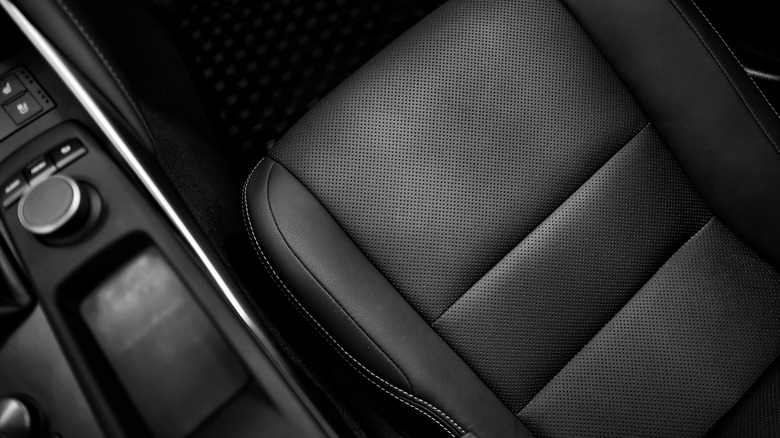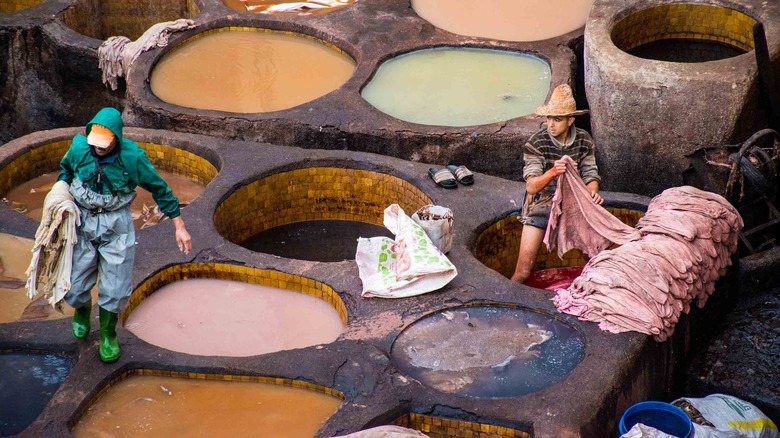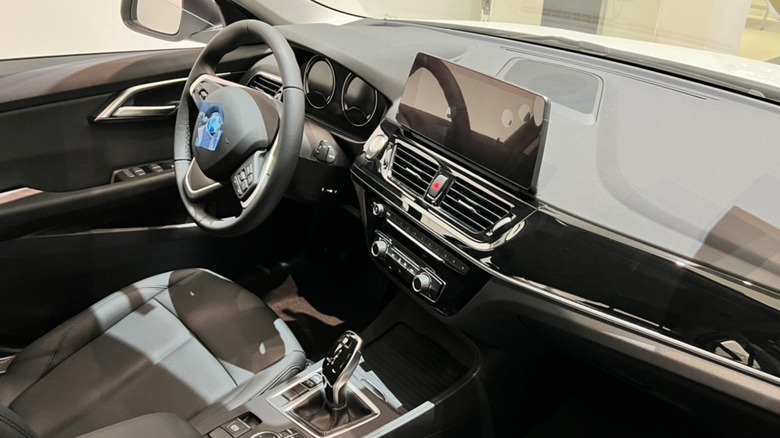Vegan Interior Vs. Leather Interiors: Is Real Leather Actually Better For The Environment?
Sustainability and environmental concerns are becoming paramount issues in politics and business. This is because there are many scenes of a struggling environment that strains under the weight of eight billion people and climbing. Luckily, there are many individuals, groups, and industries that are moving in the direction of awareness and environmentally sound decisions, with many automotive companies moving in the direction of green technology. This is best represented by the growing push for electric vehicles, and the movement away from fossil fuels.
Beyond electric vehicles, automobile manufacturers have other choices to make when it comes to their impact on the world, like whether or not to use real leather or vegan simulacrums in the interior of their cars, trucks, and vans. While the knee jerk reaction might be the belief that fake leather interiors are better for the environment than real leather, the answer actually has far more nuance than one might expect.
The real impact of leather on the environment
Although automobiles that feature genuine leather interiors are generally luxury vehicles, the process of creating leather for automotive seats is intrinsically connected to agriculture, believe it or not. This is because cows are not raised specifically for leather, and instead most of the leather used in vehicles is a by-product of the beef industry. According to One 4 Leather, each year, the beef industry creates over one billion hides, and from those hides, comes 2,200 square kilometers of leather.
However, turning hides into leather usually involves quite a process, and some of these steps can involve carcinogenic and toxic chemicals. This is exceptionally profound, considering that newer regulations have closed many leather tanneries in both the United States and Europe. Creating leather also contributes a significant amount of CO2 into the atmosphere, with one report from the Leather Panel stating that the act of converting cow hides into the material results in 110 kilograms of CO2 emissions per square meter.
Despite some aspects of leather creation taking a terrible toll on the environment, some leather companies actually focus on more sustainable options. Electric vehicle manufacturer Polestar's head of sustainability Fredrika Klaren explained to Car Expert, an Australian outlet, "[The automotive industry is] keeping leather to a very high degree. And I think that is because they know that if you just replace it with synthetics, you're moving the negative impact to another area. And it can be even worse."
{Featured image by Ralf Steinberger via Wikimedia Commons | Cropped and scaled | CC BY 2.0}
Vegan leather isn't necessarily better
Vegan leather, on the other hand, is generally created with materials that do not involve an animal at any point in the process. While real leather is usually a byproduct of animal agriculture, vegan leather typically utilizes either plastic-derived materials like polyurethane or even recycled plastics. In addition, PETA notes that many different companies use plant material to make fake leather-like materials, which can come from cactus, bamboo, banana stems, grapes, apples, mushrooms, cork, and so many more. This means that there are usually quite a few options when it comes to what to make faux leather from.
However, because of the variety of vegan or faux leather sources, its impact on the environment is entirely dependent on what is used to make it. While organic byproducts from plants might be environmentally sound at face value, vegan leather made with polyurethane is created from plastics and oil, which are also not great for the environment. Beyond that fact, plastic fake leather isn't biodegradable, and it will become an issue at some point in the future when it comes to disposing of it.
{Featured image by Ratanpreettiger4588 via Wikimedia Commons | Cropped and scaled | CC BY-SA 4.0}
Vegan versus real leather isn't cut and dry
So, which is better for the environment — fake or real leather? Turns out, the answer isn't exactly straightforward. This is because both leather and vegan leather both have an impact on the environment. While most real leather is obtained as a byproduct, this isn't to say that all of it is, and even though there has been a bigger push to use Earth-friendly tanning and curing processes, there is still some chemical residue left over. Vegan leather falls into the same boat, and even though there are vegan leathers that are made out of recycled plant waste, most of it is crafted directly from plastic — not exactly a sustainable process either.
Ultimately, the question as to whether real or fake leather is better for the environment boils down to the materials used and processes involved — fake leather made with polyurethane is dangerous in a world where objects end up in landfills, while real leather that uses toxic chemicals is also a detriment to the environment that can potentially seep into local water tables. Luckily, with a little research, you can find out exactly what went into your real or fake leather, and you can make the choice from there. In conclusion, both real and fake leather have their issues that will require investigation.
{Featured image by Pietro De Grandi via Wikimedia Commons | Cropped and scaled | CC0 1.0}



